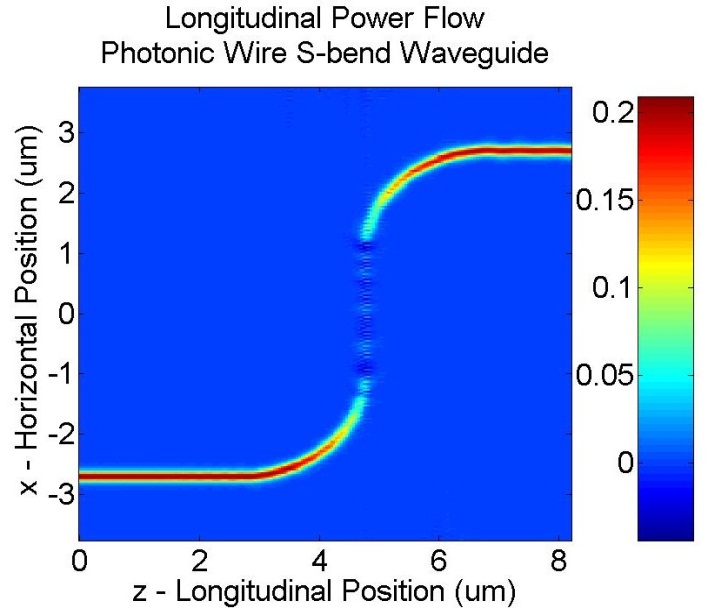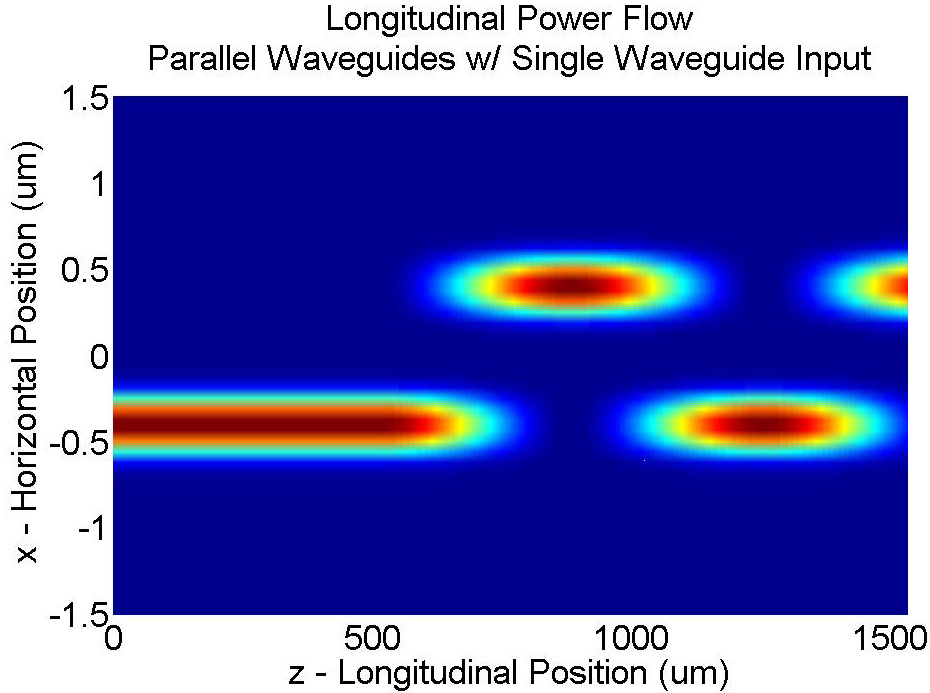OSE6125 - Computational Photonics
Computational methods for photonic guided wave structures, periodic structures, and integrated photonics structures and devices.
Computational methods for photonic guided wave structures, periodic structures, and integrated photonics structures and devices.
Credit Hours: 3 hours

Prerequisite: OSE-6111 or consent of instructor.
Learning outcomes:
Upon completion of this course, students will be familiar with the most widely used computational photonics techniques including: rigorous coupled-wave analysis (RCWA) frequency-domain eigen modes approach,, finite difference frequency-domain (FDFD), and finite difference time-domain (FDTD) methods:, students will be able to identify the computational method that is amenable to a specific class of photonic structures, and the method that should be avoided except in special circumstances and develop and use basic computational codes for a variety of realistic applications in integrated photonic structures.
Reference Materials:
- Class notes and selected journal papers
- “Optical Waveguide Analysis,” K Kawano and T. Kitoh, Wiley, 2001
- “Computational Electrodynamics: Allen Taflove and Susan C. Hagness, Artech House, 2005, (Third Edition)
- Any good “Mathematical Methods” textbook
Course Requirements and Grading Policy:
- Semester Projects 75%
- Final projects 25%
Course Outline:

Review of Electromagnetic Theory and Maxwell’s Equations
- Integral Maxwell’s equations
- Time–domain differential Maxwell’s Equations and the Wave equation
- Time harmonic Maxwell’s equation and Helmholtz Equations
Optical Waveguides
- Slab waveguides
- Multi-layer slab waveguides
- Numerical computations of the modes and field distribution
- Channel Waveguide and the effective index technique
Periodic Structures
- One and two-dimensional grating structures
- Modal Approach
- Rigorous Coupled-Wave Analysis (RCWA)
- Eigenmode formulation
- S-matrix approach in layered periodic structures
- Diffraction efficiency and field distribution within the structure
- Guide-mode resonant (GMR) devices
The RCWA in Integrated Optics
- The modal approach and effective medium theory
- Guide-mode resonant (GMR) devices
- Artificial periodic structures
- Perfect matching layers and absorbing boundaries
- Application to integrated waveguide output grating coupler
Finite Difference Analysis
- Finite difference approximations
- Taylor expansions for deriving math operators
- Absorbing boundary conditions, perfectly matched layers
- Eigenmode formulation
- Scattering matrices for discontinuities
Beam Propagation Methods
- FFT Beam Propagation Method (FFT-BPM)
- Finite Difference Beam Propagation Method (FD-BPM)
- TE and TM Formulations – equidistant discretization – mtability condition
- Transparent boundary condition
Finite-Difference Time-Domain Method:
- Discretization of the electromagnetic fields
- Yee grid
- Absorbing boundary condition
- Stability conditions, rate of conference, resolution, numerical artifacts


